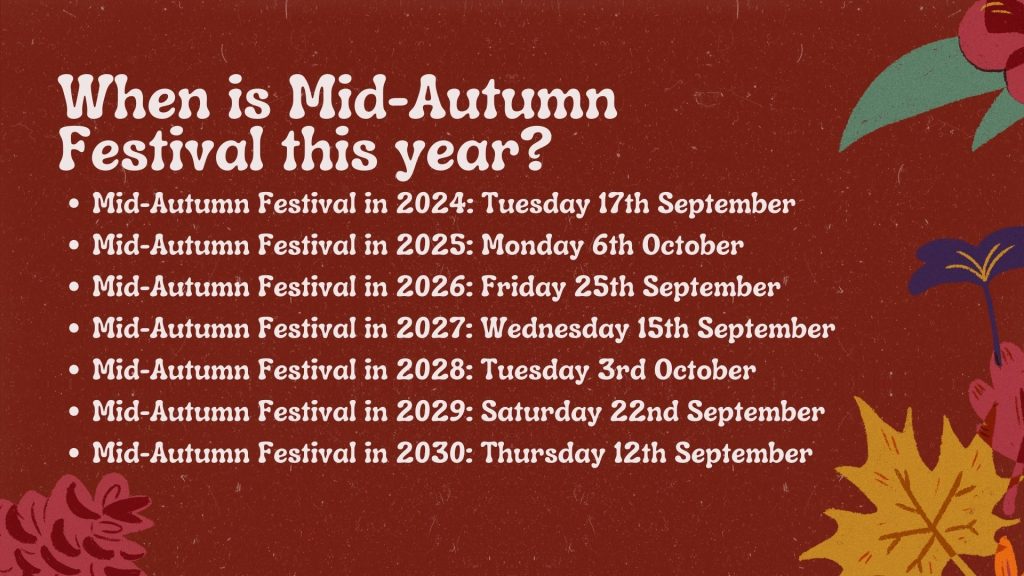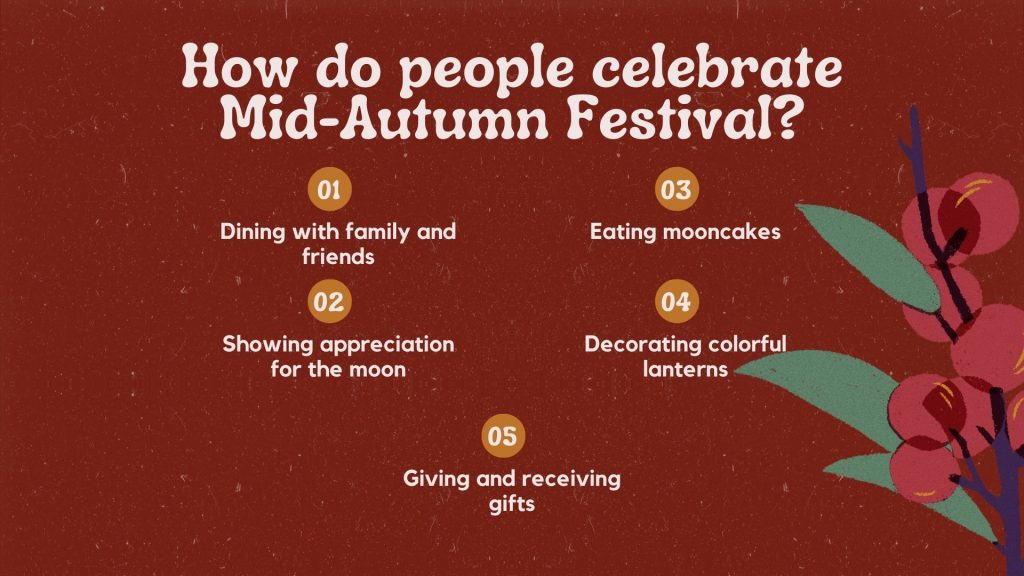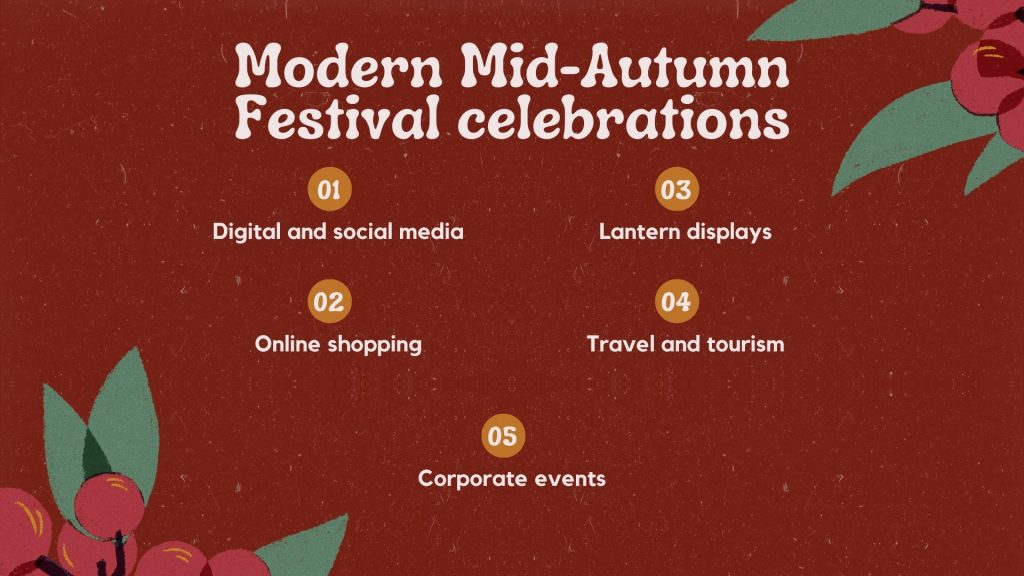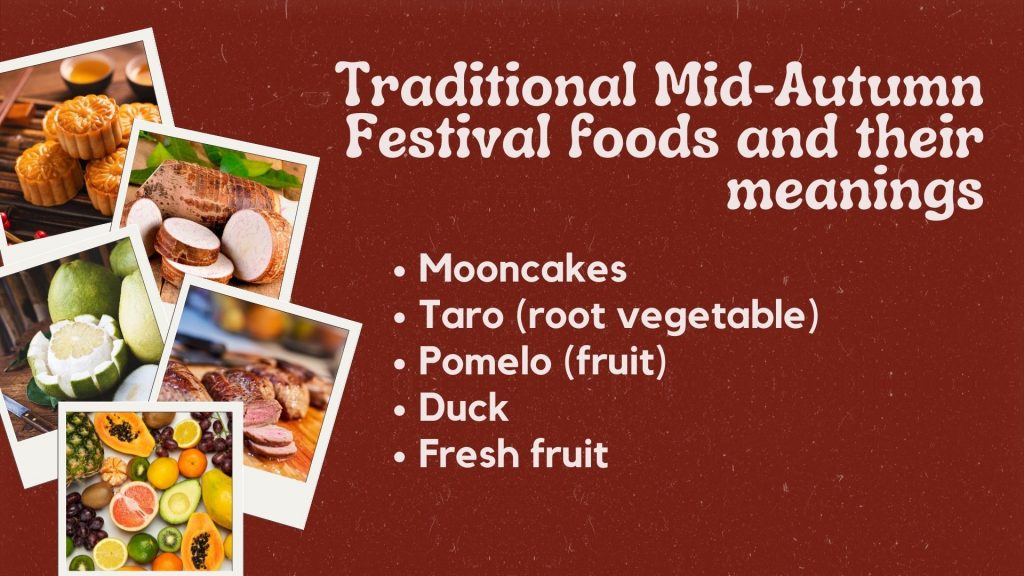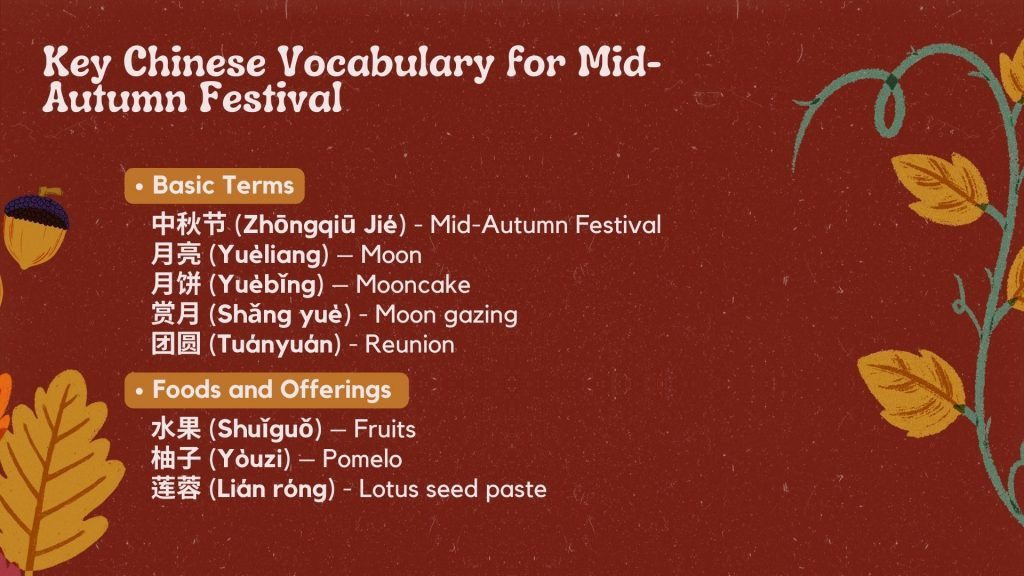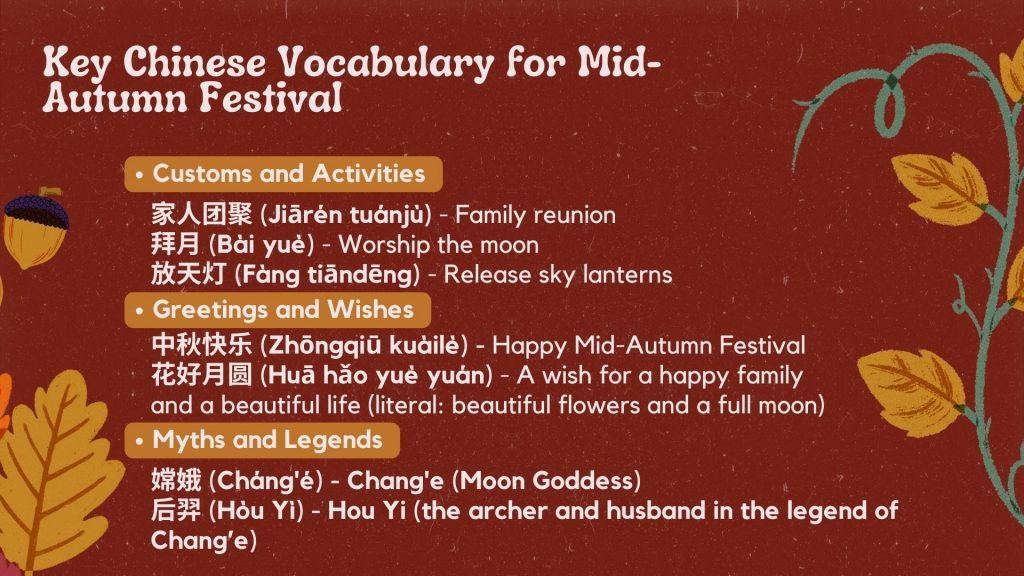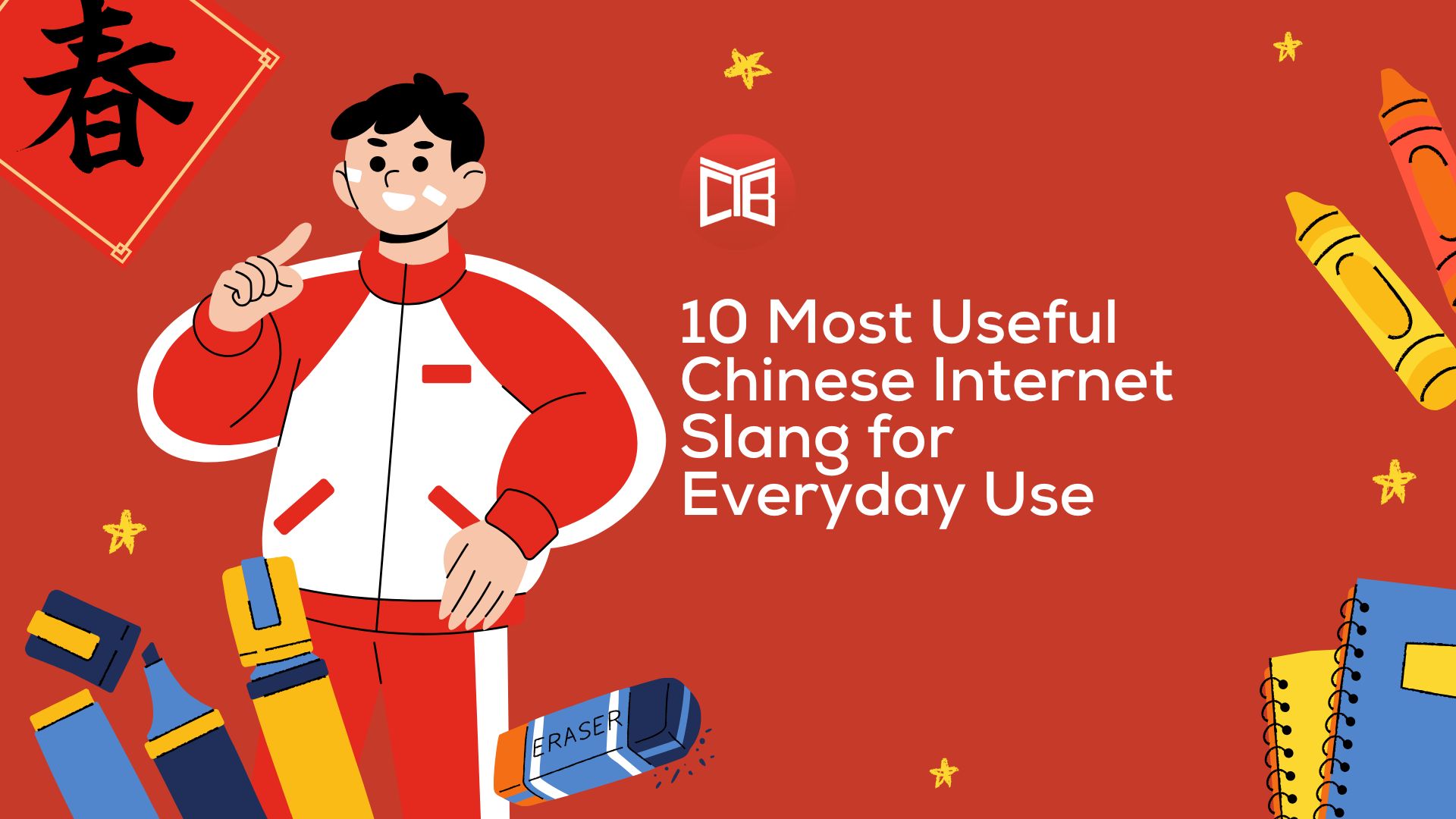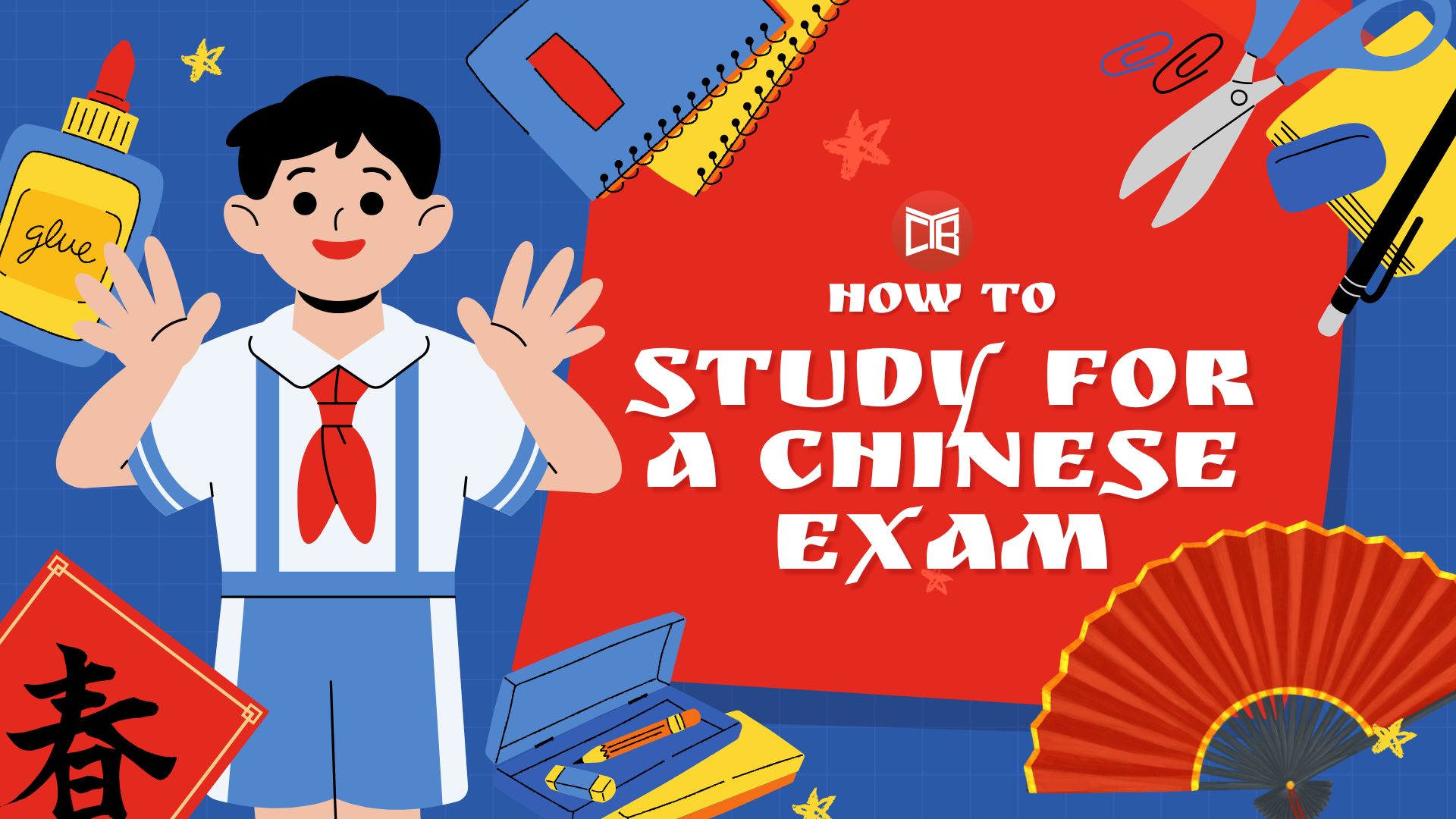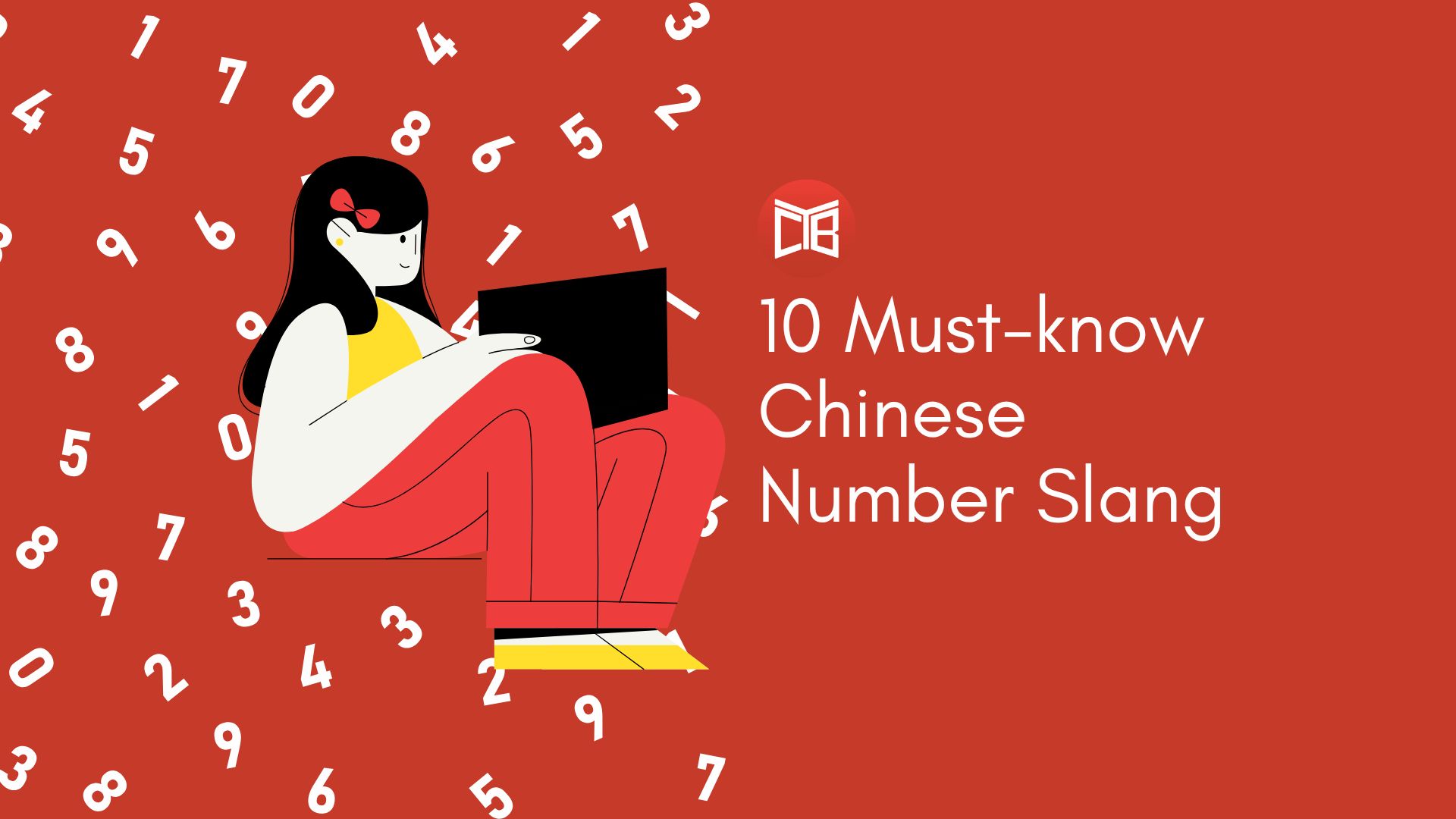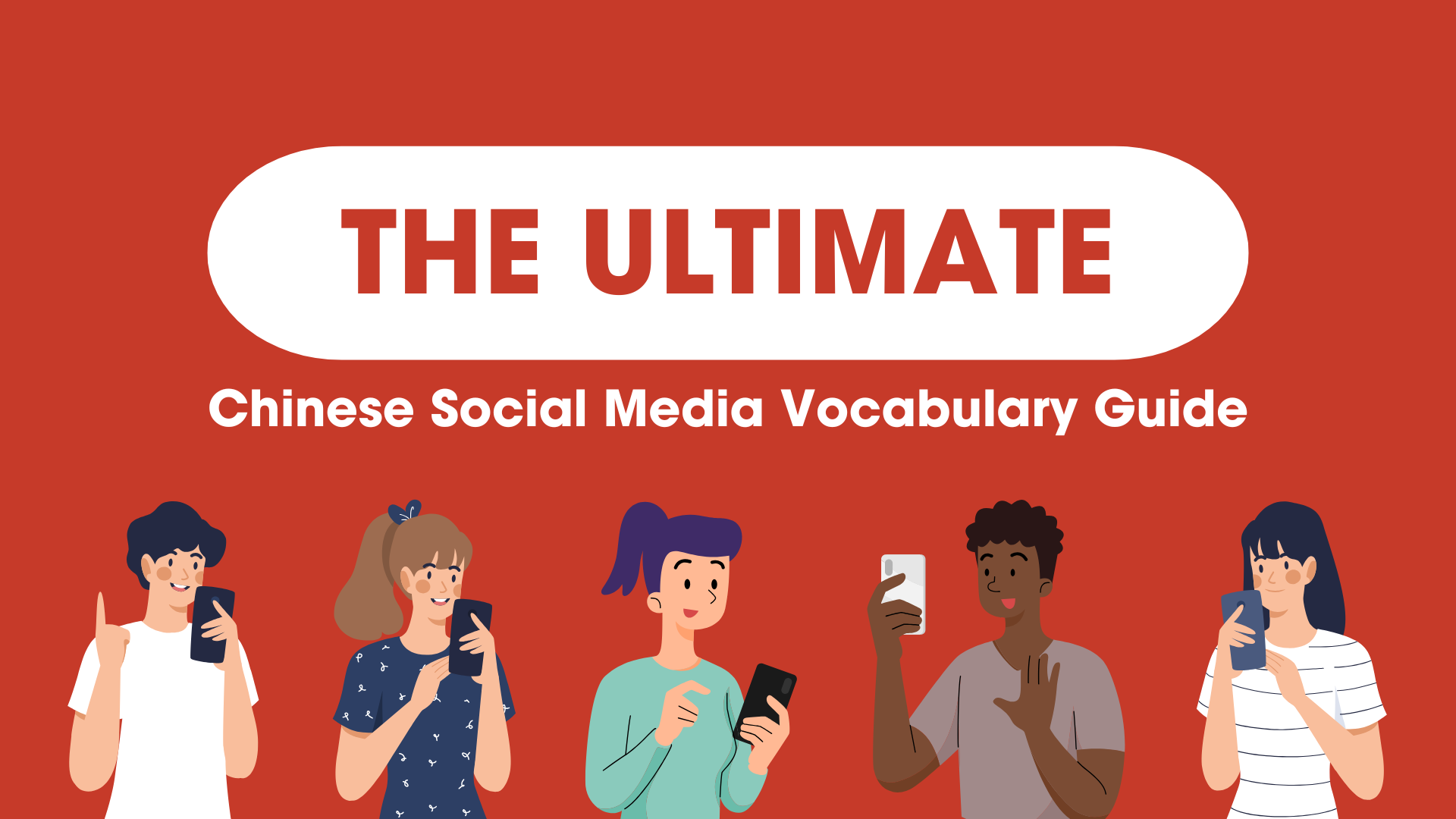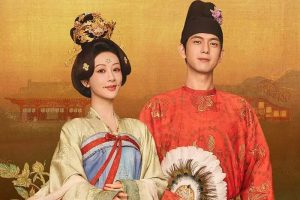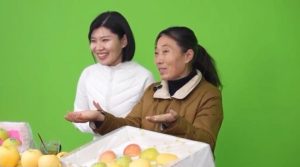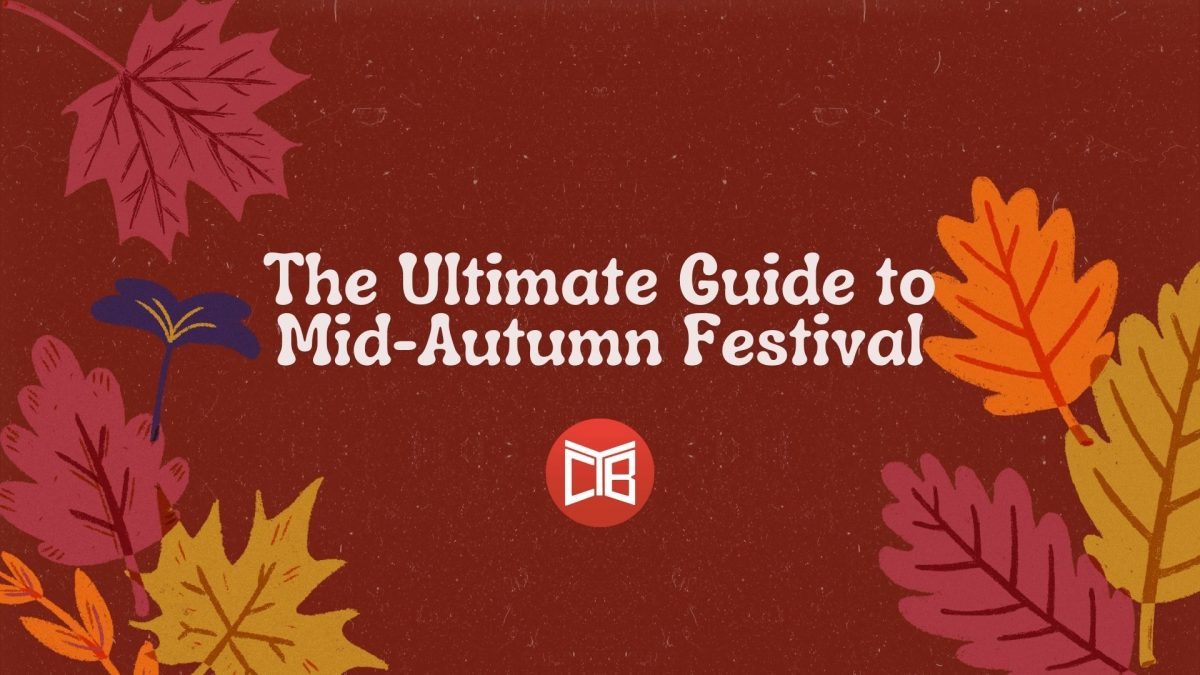
What is Mid-Autumn Festival?
Mid-Autumn Festival is a harvest festival that is celebrated in China and other East and Southeast Asian countries. Mid-Autumn Festival typically falls on the 15th day of the 8th month of the Chinese lunisolar calendar, which is usually mid-to-late September or early October in the Gregorian calendar. Chinese folklore states that the full moon at Mid-Autumn Festival is the brightest and fullest of the year and signals autumn harvest time. Mid-Autumn Festival celebrations date back thousands of years in China and it is the second most important annual festival after Chinese New Year. Mid-Autumn Festival can also be referred to as Moon Festival or Mooncake Festival.
When is Mid-Autumn Festival this year?
Mid-Autumn Festival occurs on the 15th day of the 8th lunar month. In 2024, Mid-Autumn Festival will be celebrated on Tuesday 17th September. In the Chinese lunisolar calendar, the dates change each year compared to the Gregorian calendar. Here are the dates for Mid-Autumn Festival in the coming years:
Mid-Autumn Festival in 2025: Monday 6th October
Mid-Autumn Festival in 2026: Friday 25th September
Mid-Autumn Festival in 2027: Wednesday 15th September
Mid-Autumn Festival in 2028: Tuesday 3rd October
Mid-Autumn Festival in 2029: Saturday 22nd September
Mid-Autumn Festival in 2030: Thursday 12th September
How long is Mid-Autumn Festival?
Mid-Autumn Festival is usually celebrated over a three-day period in China to allow people to get together with relatives for the festivities. In 2024, there are three public holidays for Mid-Autumn Festival, namely Sunday 15th September, Monday 16th September and Tuesday 17th September. Mid-Autumn Festival itself falls on Tuesday 17th September.
The history of Mid-Autumn Festival in China
Mid-Autumn Festival traditions date back over 3,000 years in China. Originally started as a time to get together with family and friends to show appreciation for the harvest, Mid-Autumn Festival is rooted in Chinese agricultural communities. Ancient Chinese farming communities placed great importance on the cycles of the moon and its impact on agriculture. The full moon that falls on Mid-Autumn Festival represents the completion of the autumn harvest time. Although moon worship traditions for Mid-Autumn Festival can be traced back to the Zhou Dynasty (1,050–221 BC), it was during the Song Dynasty (960-1,279 AD) that it rose to prominence as the major social event it is today. The Song Dynasty also brought about the association of mooncakes with Mid-Autumn Festival, as the pastries were given as offerings to the moon and later shared among family and friends.
What is the legend of Chang’e? A central character in the story of Mid-Autumn Festival in Chinese culture
The legend of Chang’e, the Moon Goddess in Chinese culture, is central to the story of Mid-Autumn Festival. It tells of Hou Yi, a heroic archer who saved the earth by shooting down nine of the ten suns in the sky that were overheating the earth. As a reward, he was granted a gift of a drink of immortality, which he entrusted to his wife, Chang’e, for safe keeping.
One day a disciple of Hou Yi tried to steal the elixir of immortality, so Chang’e drank it herself and ascended to the moon, where she then lived. Heartbroken, Hou Yi would gaze up at the moon hoping to catch a glimpse of Chang’e. In Hou Yi’s honor, at Mid-Autumn Festival people admire the full moon and share meals together with loved ones – particularly mooncakes – which are a symbol of reunion and longing for loved ones.
How do people celebrate Mid-Autumn Festival?
Mid-Autumn Festival is a time to get together with family and friends to burn incense, feast on mooncakes, make offerings and to gaze at the moon. Many of the traditions from ancient times remain and are still celebrated today, the top five of which are:
- Dining with family and friends. Mid-Autumn Festival is a time of reunion in Chinese culture and people gather to show appreciation and give thanks.
- Eating mooncakes. Mooncakes are the main symbol of Mid-Autumn Festival and are offered to the moon before being shared among family and friends.
- Showing appreciation for the moon. The full moon that falls on Mid-Autumn Festival is gazed at by people in China, so it’s not uncommon to see people on rooftops enjoying the spectacle.
- Decorating colorful lanterns. Lanterns are decorated in colorful patterns and symbolize the lighting of the path ahead to good fortune and prosperity.
- Giving and receiving gifts. It is common to give gifts to loved ones during Mid-Autumn Festival. Popular gifts include mooncakes, fruit and tea.
Modern Mid-Autumn Festival celebrations
As well as the enduring traditions of Mid-Autumn Festival, in modern times there are some new ways in which people in China celebrate the full moon and autumn harvest. These are:
- Digital and social media. Mid-Autumn Festival is widely celebrated on Chinese social media channels. People often share colorful greetings and photos.
- Online shopping. In recent years, online shopping channels have boomed during Mid-Autumn Festival dates. Look out for special offers and discounts from brands during the festivities!
- Lantern displays. Lantern displays are a common sight during Mid-Autumn Festival. Lanterns can either be released into the sky, or float on water. In recent years, colorful drone displays have also become popular.
- Travel and tourism. Many people use the three-day public holiday to travel and take in beautiful scenery. One popular spot is West Lake in Hangzhou, which offers incredible moonlit views.
- Corporate events. Businesses often host themed activities for Mid-Autumn Festival, such as mooncake making workshops, lantern designing competitions and festive parties.
Is Mid-Autumn Festival a Public Holiday in China?
Mid-Autumn Festival became a public holiday in China in 2008. In Mainland China, Mid-Autumn Festival is celebrated with a three-day public holiday that usually uses two weekend days. In 2024, however, the public holiday dates fall across both Monday and Tuesday (the day of Mid-Autumn Festival).
Traditional Mid-Autumn Festival foods and their meanings
Mooncakes are the most common food type associated with Mid-Autumn Festival, however there are other important foods that are eaten during the celebrations. Here are their meanings:
- Mooncakes. The round shape of mooncakes symbolizes completeness and reunion. Sharing mooncakes among family and friends represents unity and togetherness.
- Taro (root vegetable). Eating taro during Mid-Autumn Festival symbolizes hope for a bountiful harvest.
- Pomelo (fruit). The Chinese word for pomelo (柚, yòu) sounds like the word for blessing (佑, yòu). Eating pomelos during the festival is believed to bring good luck and protection.
- Duck. Duck dishes, especially those prepared with taro or lotus root, symbolize family unity and a bountiful harvest.
- Fresh fruit. Enjoying fresh fruits with family and friends signifies sharing the fruitfulness of the autumn harvest.
How to make Mid-Autumn Festival mooncakes at home
Would you like to try your hand at making mooncakes this Mid-Autumn Festival? Visit our tasty guide for how to make Mid-Autumn Festival mooncakes with Chef Mao. We’d love to see some of your efforts, so please share them with us on our social media channels!
What countries celebrate Mid-Autumn Festival?
As well as in China, Mid-Autumn Festival is also celebrated in other East and Southeast Asian countries. They include Vietnam, South Korea, Japan and Taiwan. Mid-Autumn Festival celebrations are also found elsewhere around the world in places with large overseas Chinese communities.
How do you say Mid-Autumn Festival in Chinese? And other key Chinese vocabulary for Mid-Autumn Festival
Here is a list of key Chinese vocabulary associated with Mid-Autumn Festival:
Basic terms
- 中秋节 (Zhōngqiū Jié) – Mid-Autumn Festival
- 月亮 (Yuèliang) – Moon
- 月饼 (Yuèbǐng) – Mooncake
- 赏月 (Shǎng yuè) – Moon gazing
- 团圆 (Tuányuán) – Reunion
Foods and offerings
- 水果 (Shuǐguǒ) – Fruits
- 柚子 (Yòuzi) – Pomelo
- 莲蓉 (Lián róng) – Lotus seed paste
Customs and activities
- 家人团聚 (Jiārén tuánjù) – Family reunion
- 拜月 (Bài yuè) – Worship the moon
- 放天灯 (Fàng tiāndēng) – Release sky lanterns
Greetings and wishes
- 中秋快乐 (Zhōngqiū kuàilè) – Happy Mid-Autumn Festival
- 花好月圆 (Huā hǎo yuè yuán) – A wish for a happy family and a beautiful life (literal: beautiful flowers and a full moon)
Myths and legends
- 嫦娥 (Cháng’é) – Chang’e (Moon Goddess)
- 后羿 (Hòu Yì) – Hou Yi (the archer and husband in the legend of Chang’e)
Continuing the theme of Chinese holidays and celebrations, why not discover Hungry Ghost Festival or Chinese Summer Solstice traditions?
FAQ
- What is Mid-Autumn Festival? Mid-Autumn Festival is a harvest festival celebrated in China and other East and Southeast Asian countries. It falls on the 15th day of the 8th month of the Chinese lunar calendar, typically in late September or early October.
- When is Mid-Autumn Festival this year? In 2024, Mid-Autumn Festival will be celebrated on Tuesday 17th
- How long is Mid-Autumn Festival? Mid-Autumn Festival is a three-day public holiday in China, with Mid-Autumn Festival itself celebrated on one of the public holidays.
- What is the history of Mid-Autumn Festival in China? Dating back over 3,000 years, Mid-Autumn Festival began as a harvest festival to give thanks for the autumn harvest.
- What countries celebrate Mid-Autumn Festival? Besides China, Mid-Autumn Festival is celebrated in Vietnam, South Korea, Japan, Taiwan, as well as among overseas Chinese communities worldwide.
Author
Sean studied Chinese and Spanish at University of Leeds and founded The Chairman’s Bao alongside Tom Reid in his final year of study in 2015. Current Managing Director of The Chairman’s Bao, he has overseen the company’s growth from university bedroom concept to an international force in the EdTech industry with over 200,000 individual users and over 400 global partner institutions. Sean also launched Newsdle alongside Tom Reid and Oliver Leach in 2021, for students and teachers of Spanish and French. In his spare time, Sean is still a keen language learner and runner. He also sits on the Board of charity Leeds Irish Health and Homes in the UK.


